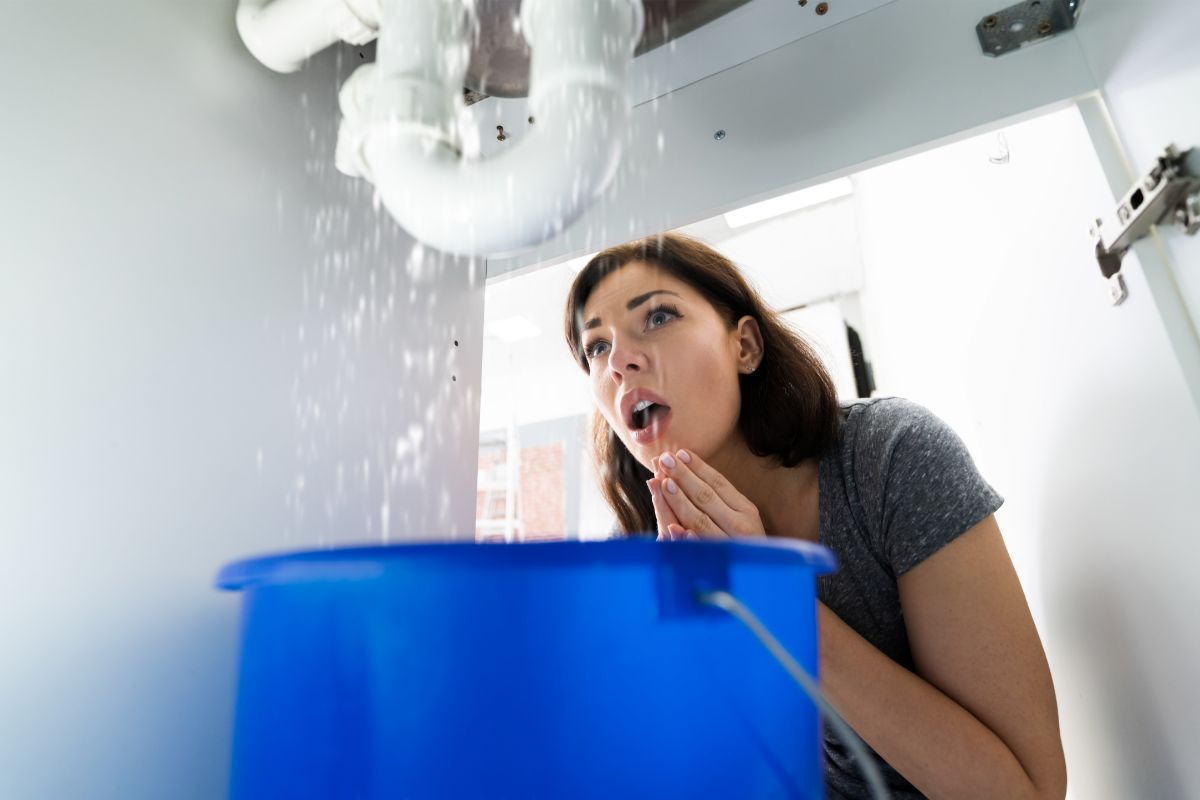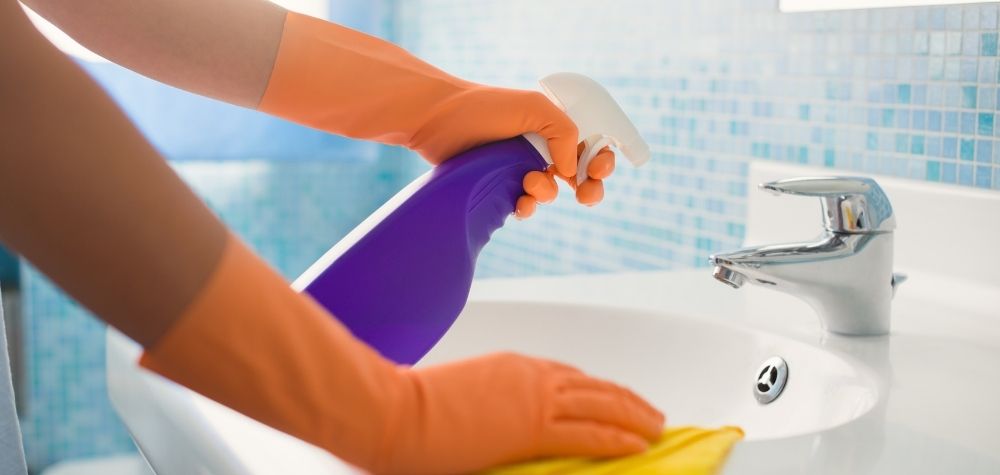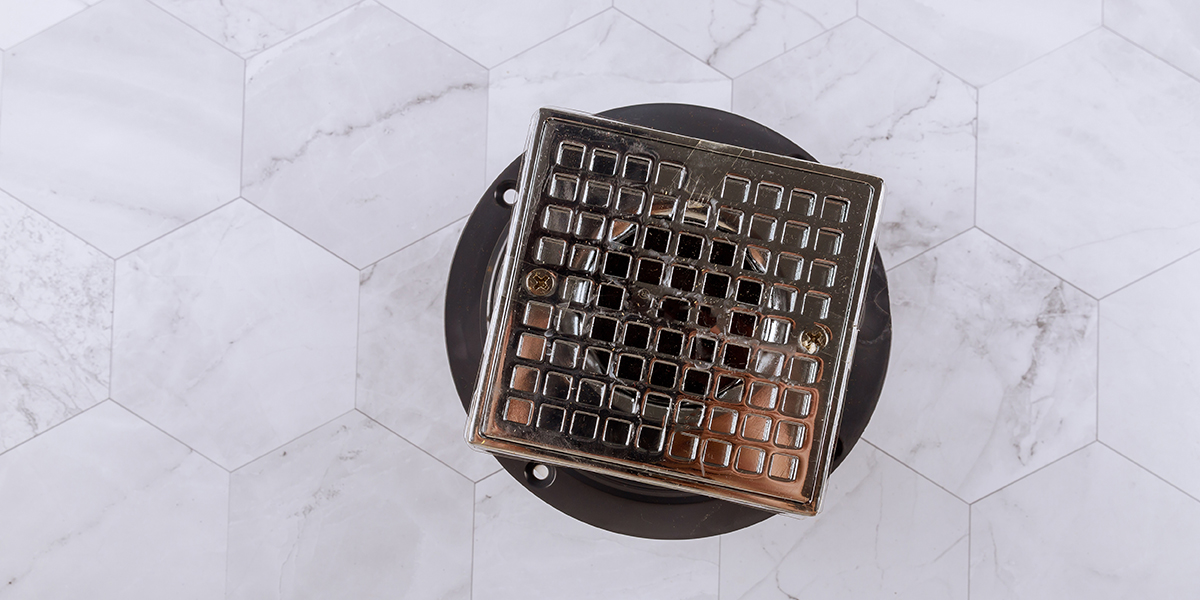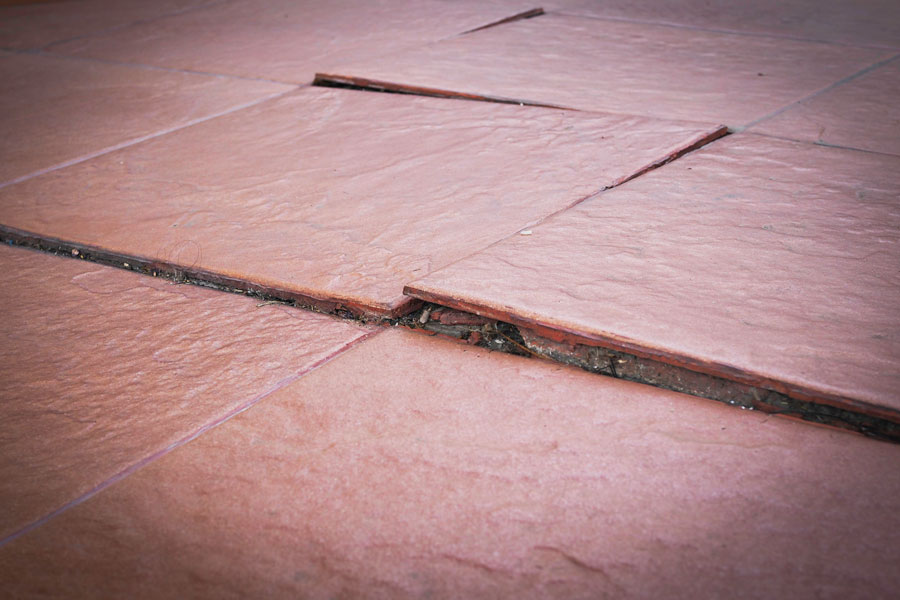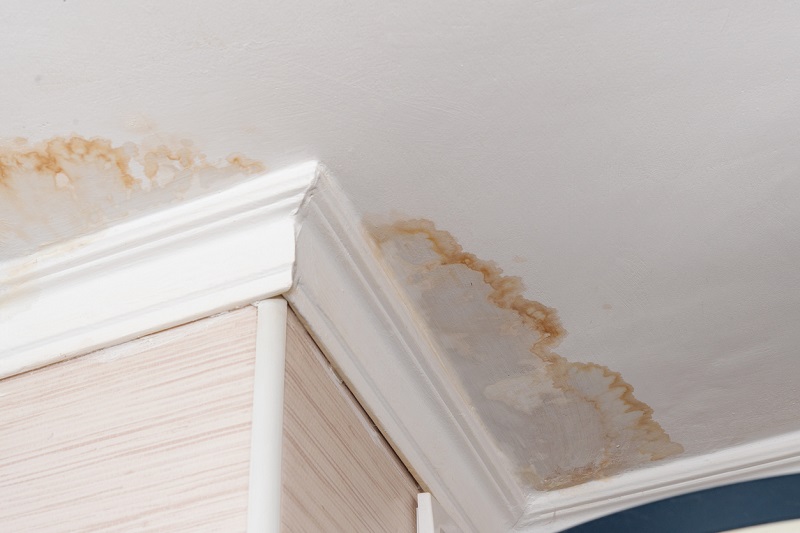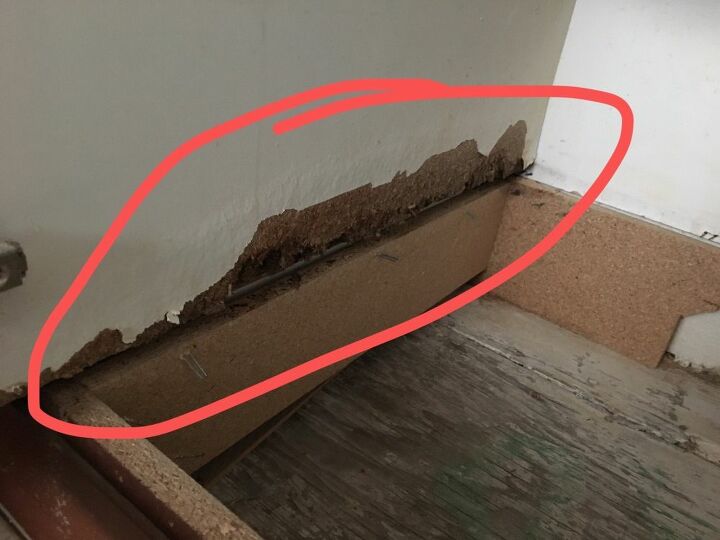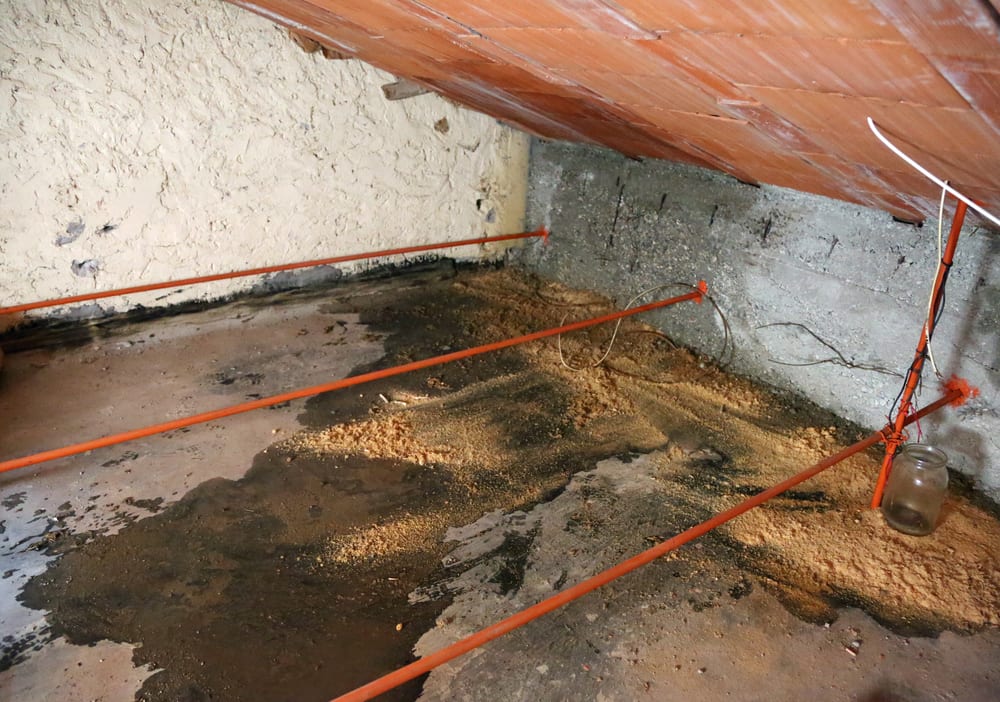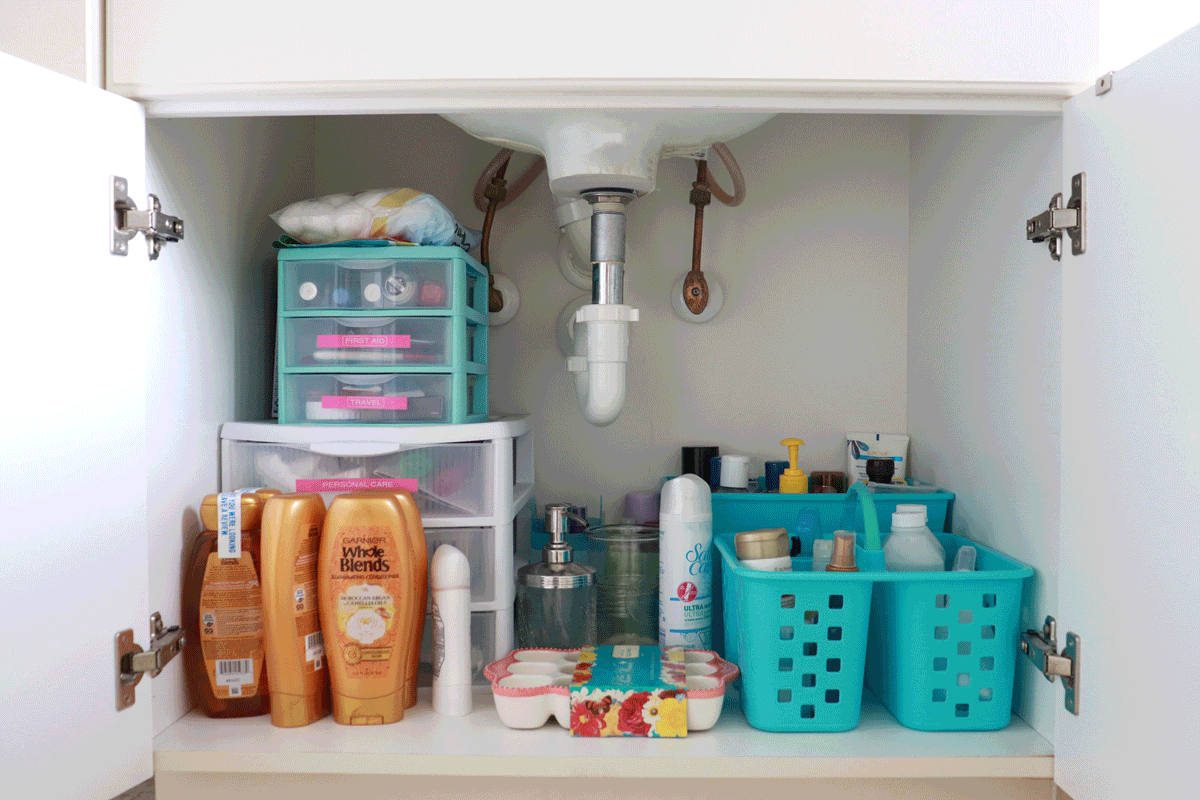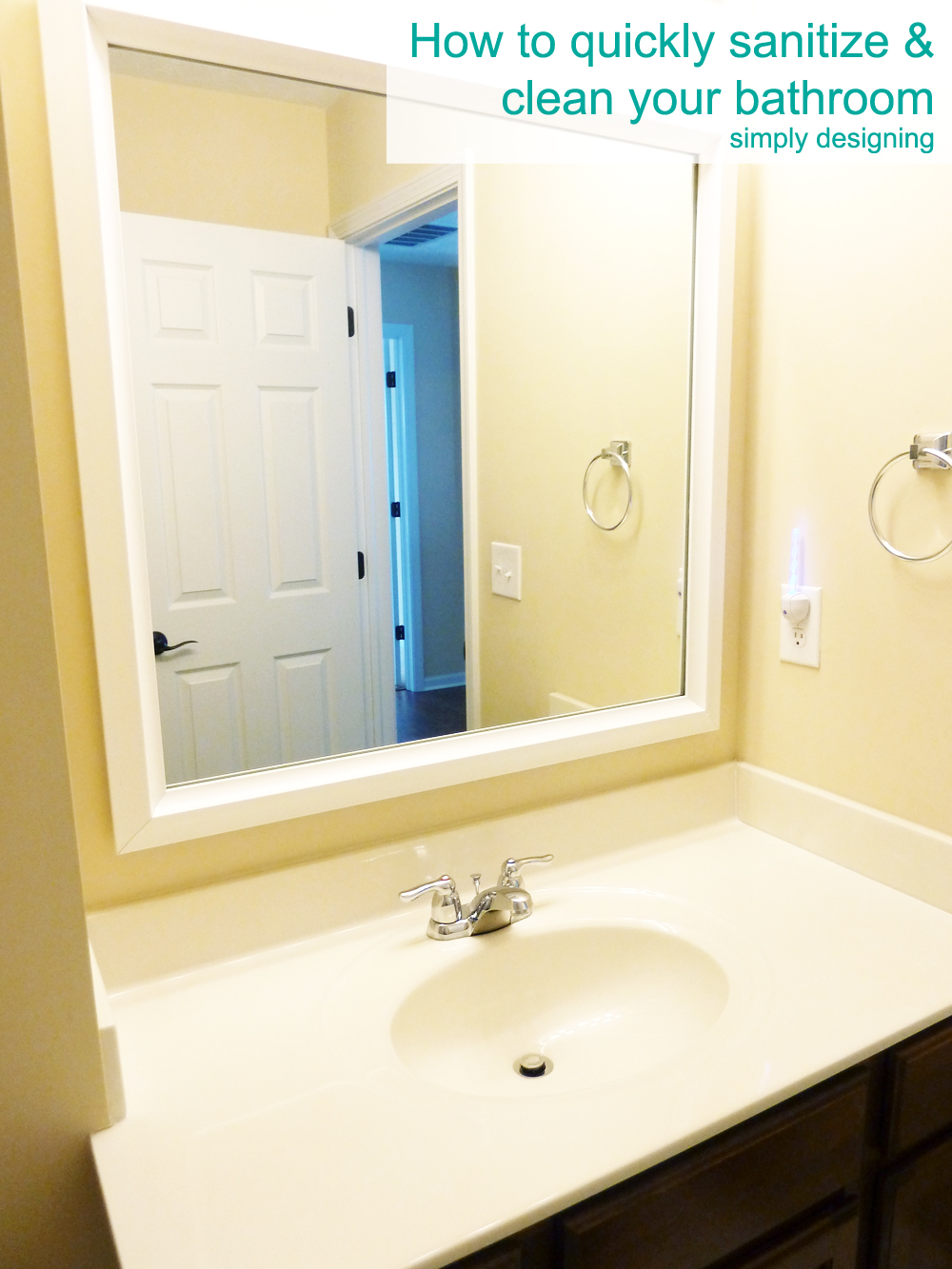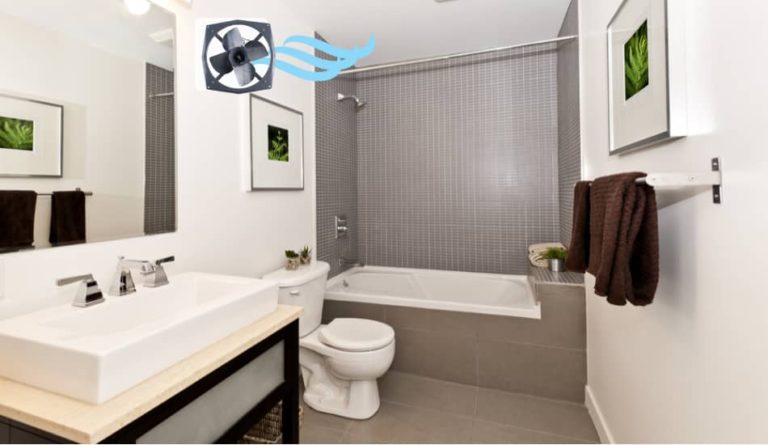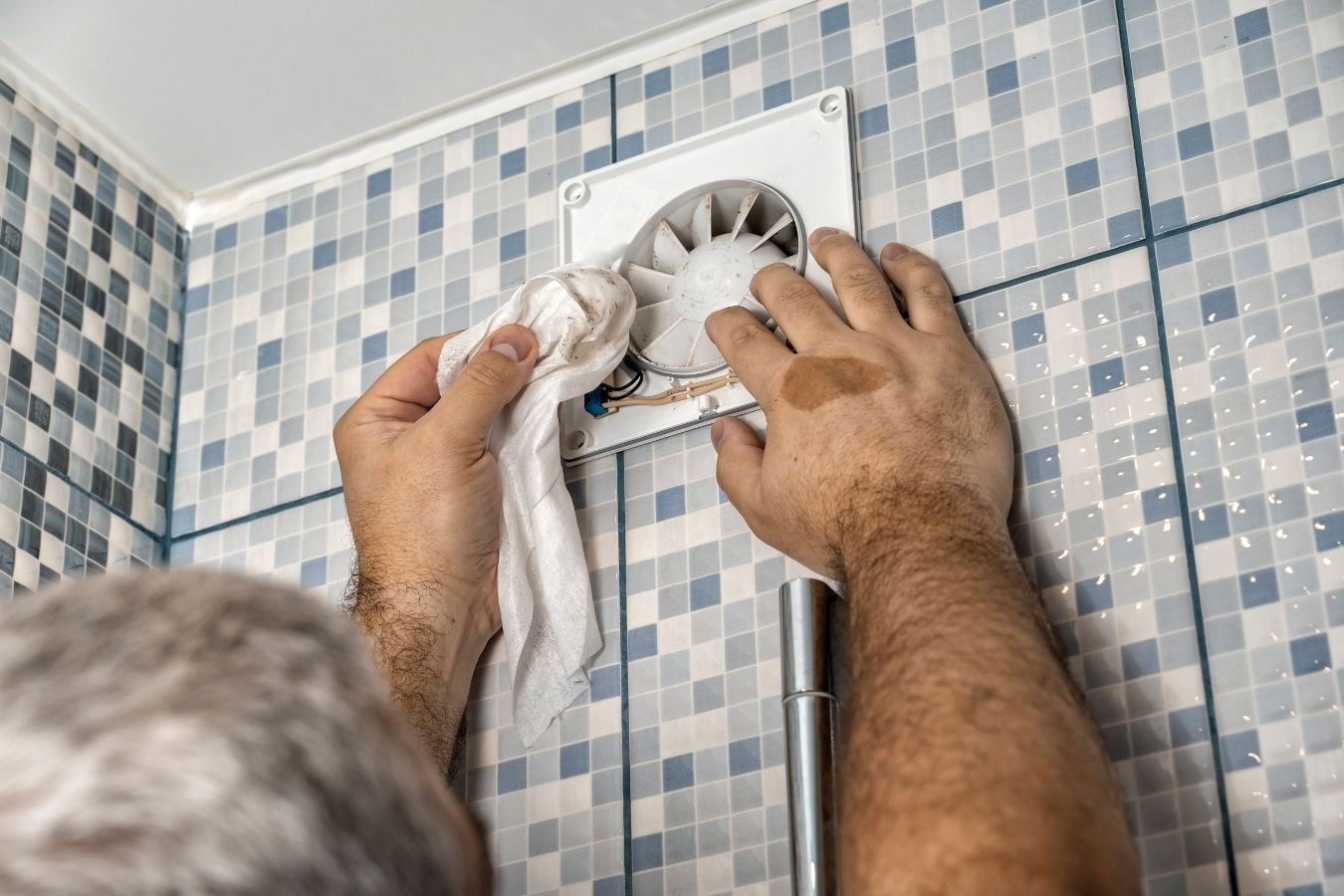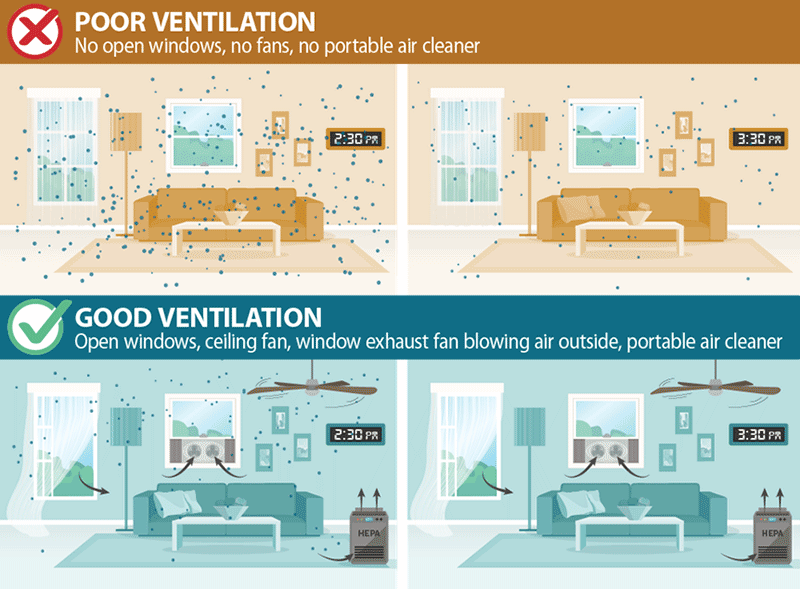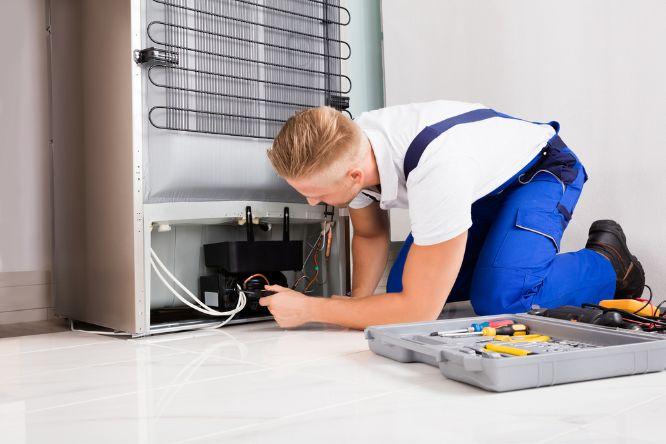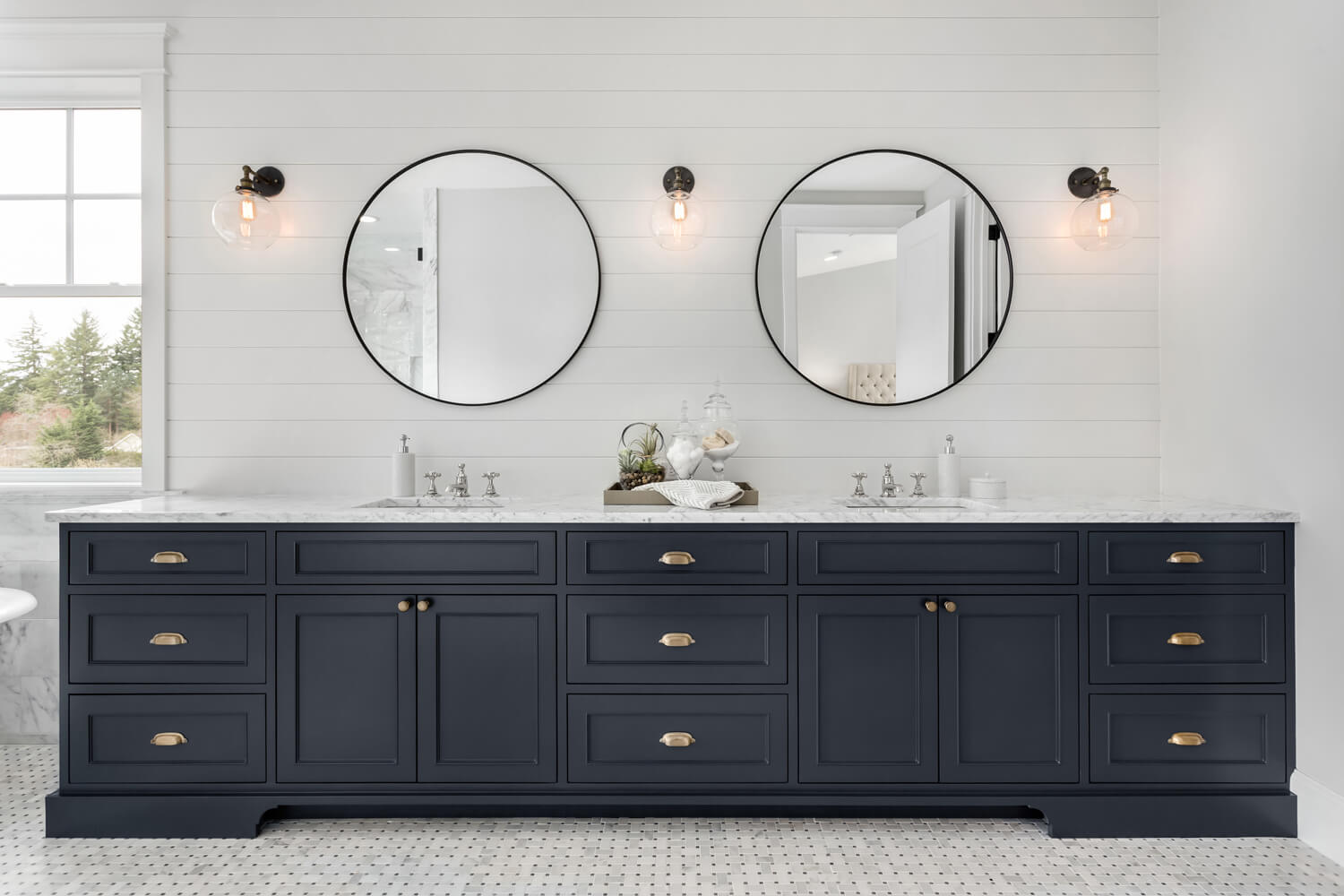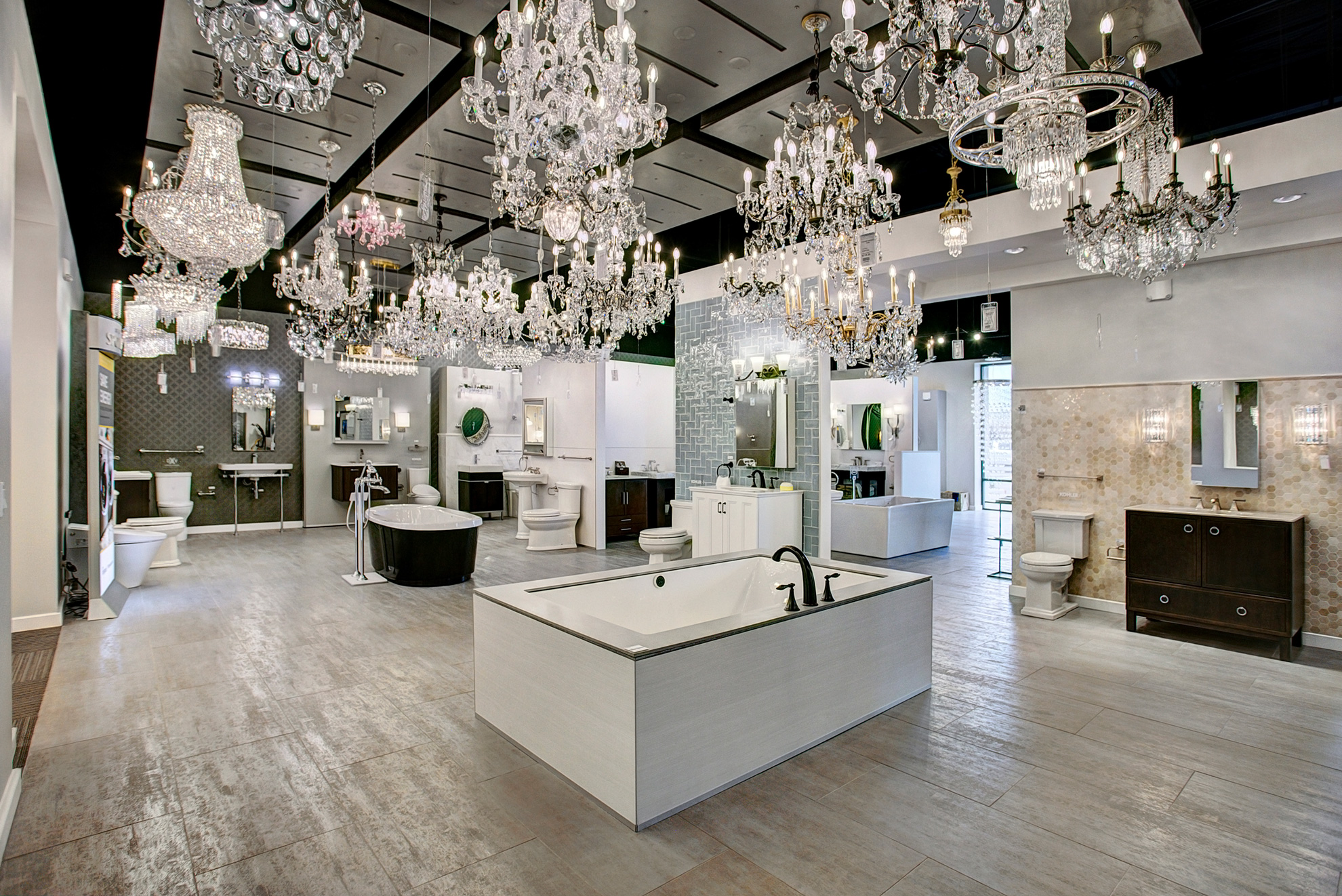Dealing with moisture under your bathroom sink can be a frustrating and common problem for many homeowners. Not only can it cause unpleasant odors and damage your belongings, but it can also lead to more serious issues such as mold and mildew growth. Fortunately, there are several simple solutions to fix moisture under your bathroom sink and prevent it from recurring in the future. How to Fix Moisture Under Your Bathroom Sink
Before we dive into how to fix moisture under your bathroom sink, it's important to understand what causes it in the first place. One of the main culprits is condensation, which occurs when warm, moist air comes into contact with cool surfaces. This can happen in bathrooms due to hot showers and baths, as well as inadequate ventilation. Another common cause of moisture under your bathroom sink is plumbing leaks. If you notice water pooling or dripping under your sink, this could be a sign of a leaky pipe or faucet. Lastly, porous materials such as wood or tile can absorb moisture and lead to mold growth if not properly sealed. Causes of Moisture Under Your Bathroom Sink
The best way to deal with moisture under your bathroom sink is to prevent it from happening in the first place. One of the most effective ways to do this is by properly ventilating your bathroom. Make sure your bathroom has a functioning exhaust fan and open a window during and after showers to allow excess moisture to escape. You can also prevent condensation by insulating your pipes and investing in a dehumidifier for your bathroom. Additionally, regularly checking for and repairing any plumbing leaks can help prevent moisture buildup under your sink. Preventing Moisture Under Your Bathroom Sink
If you're already dealing with moisture under your bathroom sink, don't worry - there are several solutions to fix the issue. The first step is to thoroughly dry out the area. Use a towel or mop to soak up any visible water and then use a hairdryer or fan to dry out the rest. If the moisture is caused by a plumbing leak, you'll need to fix the leak before moving on to any other solutions. This may require the help of a professional plumber. If the moisture is due to condensation, you can use a waterproof sealant to seal any gaps or cracks around your sink and pipes to prevent warm air from getting in. Common Solutions for Moisture Under Your Bathroom Sink
Ignoring moisture under your bathroom sink can lead to more serious issues such as mold and mildew growth. If left unchecked, this can cause structural damage to your home and even affect your health. It's important to be aware of the signs of moisture damage, which include a musty odor, warped or discolored surfaces, and visible mold growth. If you notice any of these signs, it's important to act quickly to prevent further damage. This may require the help of a professional to properly remove and remediate any mold or mildew growth. Signs of Moisture Damage Under Your Bathroom Sink
If you're dealing with a small amount of moisture under your bathroom sink, you may be able to handle it yourself with some simple DIY methods. As mentioned earlier, thoroughly drying out the area is the first step. You can also use a mixture of equal parts water and vinegar to clean and disinfect any surfaces that have been affected by moisture. For more stubborn moisture, you can use moisture-absorbing products such as silica gel packets or activated charcoal. These can be placed under your sink to help absorb excess moisture. Just be sure to replace them regularly. DIY Moisture Removal for Bathroom Sink
If you're dealing with a persistent moisture issue under your bathroom sink, it may be time to call in the professionals. A plumber can help identify and fix any plumbing leaks that may be causing the problem. They can also install additional ventilation or waterproofing measures to prevent moisture buildup in the future. If you suspect mold or mildew growth, it's important to seek professional help. Mold can be difficult to completely remove, and improper remediation can lead to it spreading and causing more damage. A professional mold remediation company can properly remove and treat any affected areas to ensure the issue is fully resolved. Professional Help for Moisture Under Your Bathroom Sink
If you're looking to prevent moisture under your bathroom sink, there are several waterproofing options available. One popular method is to use a waterproofing membrane, which is a thin layer of material that is applied under your sink and around pipes to prevent water from seeping through. You can also use waterproof sealant or caulk to seal any gaps or cracks around your sink and pipes. This will help prevent warm, moist air from getting in and causing condensation. Waterproofing Options for Bathroom Sink
Proper ventilation is crucial in preventing moisture buildup under your bathroom sink. As mentioned earlier, using an exhaust fan and opening a window during and after showers can help remove excess moisture from the air. You can also invest in a dehumidifier for your bathroom to help control humidity levels. Just be sure to regularly clean and maintain the dehumidifier to prevent mold growth. How to Properly Ventilate Bathroom Sink Area
One of the best ways to prevent moisture under your bathroom sink is by regularly maintaining it. This includes checking for and repairing any plumbing leaks, properly ventilating the area, and sealing any cracks or gaps that may allow moisture to seep in. Regularly cleaning and disinfecting the area can also help prevent mold and mildew growth. By keeping your bathroom sink area clean and well-maintained, you can avoid moisture buildup and potential damage to your home. Importance of Regular Maintenance for Bathroom Sink
The Importance of Proper Moisture Control Under Your Bathroom Sink

What Causes Moisture Under the Bathroom Sink?
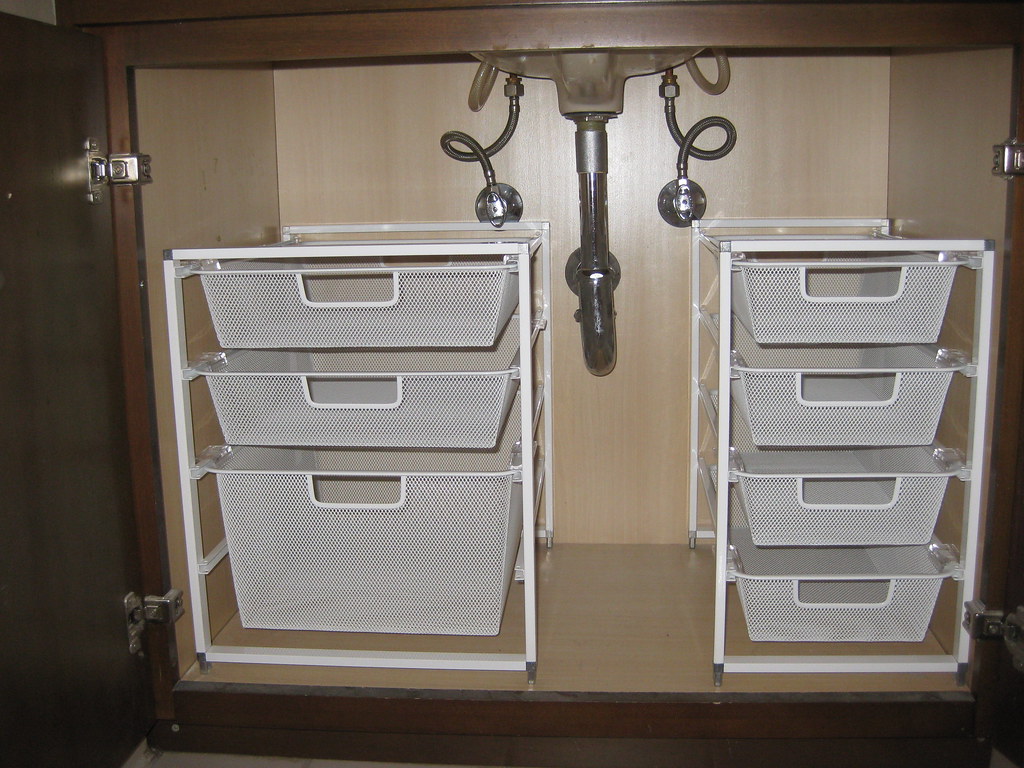 One of the most common problems homeowners face in their bathrooms is moisture buildup under the sink. This can be caused by a variety of factors, such as leaky pipes, poor ventilation, or even simple condensation. Regardless of the source, excess moisture can lead to serious issues if left unchecked. Not only can it create a breeding ground for mold and mildew, but it can also damage your sink and surrounding cabinets.
One of the most common problems homeowners face in their bathrooms is moisture buildup under the sink. This can be caused by a variety of factors, such as leaky pipes, poor ventilation, or even simple condensation. Regardless of the source, excess moisture can lead to serious issues if left unchecked. Not only can it create a breeding ground for mold and mildew, but it can also damage your sink and surrounding cabinets.
The Dangers of Excess Moisture
 Excess moisture under the bathroom sink can be a major cause for concern. As mentioned earlier, it can lead to the growth of mold and mildew, which can have serious health consequences for you and your family. These fungi can also cause unpleasant odors and stains, making your bathroom an unpleasant place to be. In addition, moisture can weaken the structural integrity of your sink and cabinets, causing them to warp, rot, or even collapse.
Excess moisture under the bathroom sink can be a major cause for concern. As mentioned earlier, it can lead to the growth of mold and mildew, which can have serious health consequences for you and your family. These fungi can also cause unpleasant odors and stains, making your bathroom an unpleasant place to be. In addition, moisture can weaken the structural integrity of your sink and cabinets, causing them to warp, rot, or even collapse.
Preventing Moisture Under the Sink
 The good news is that there are steps you can take to prevent moisture buildup under your bathroom sink. The first and most important step is to address any leaks in your plumbing. Be sure to regularly check for and fix any leaks or drips to prevent water from pooling under the sink. Next, make sure your bathroom is properly ventilated. Install a fan or open a window to allow excess moisture to escape. Additionally, you can use a dehumidifier to remove excess moisture from the air. Lastly, consider using a moisture barrier or sealant on the underside of your sink and cabinets to prevent water from seeping in.
The good news is that there are steps you can take to prevent moisture buildup under your bathroom sink. The first and most important step is to address any leaks in your plumbing. Be sure to regularly check for and fix any leaks or drips to prevent water from pooling under the sink. Next, make sure your bathroom is properly ventilated. Install a fan or open a window to allow excess moisture to escape. Additionally, you can use a dehumidifier to remove excess moisture from the air. Lastly, consider using a moisture barrier or sealant on the underside of your sink and cabinets to prevent water from seeping in.
Conclusion
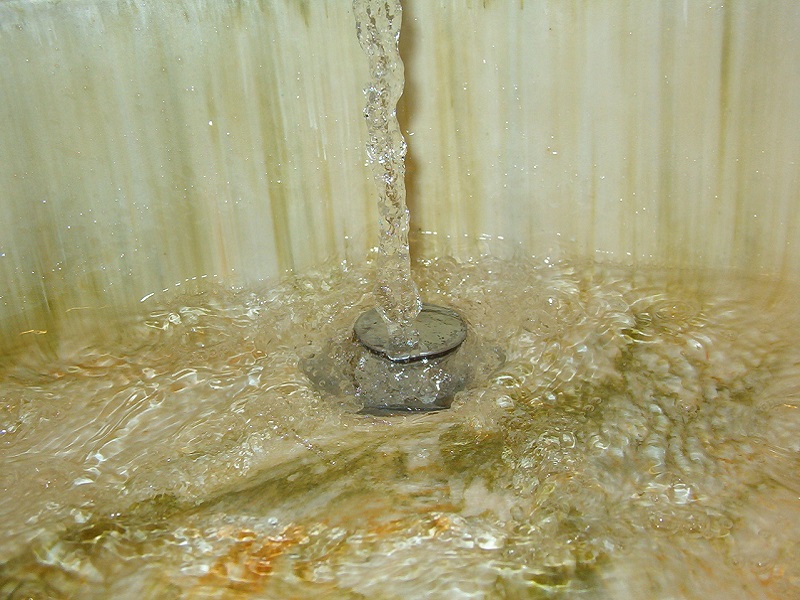 In conclusion, moisture buildup under the bathroom sink is a common issue that should not be ignored. Not only can it lead to health hazards and damage to your bathroom, but it can also be a sign of more serious plumbing problems. By taking proactive steps to address the issue, you can ensure a safe and healthy environment in your bathroom. Remember to regularly check for leaks, improve ventilation, and use moisture barriers to prevent excess moisture from causing any further damage.
In conclusion, moisture buildup under the bathroom sink is a common issue that should not be ignored. Not only can it lead to health hazards and damage to your bathroom, but it can also be a sign of more serious plumbing problems. By taking proactive steps to address the issue, you can ensure a safe and healthy environment in your bathroom. Remember to regularly check for leaks, improve ventilation, and use moisture barriers to prevent excess moisture from causing any further damage.



